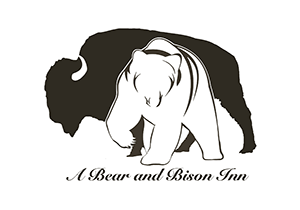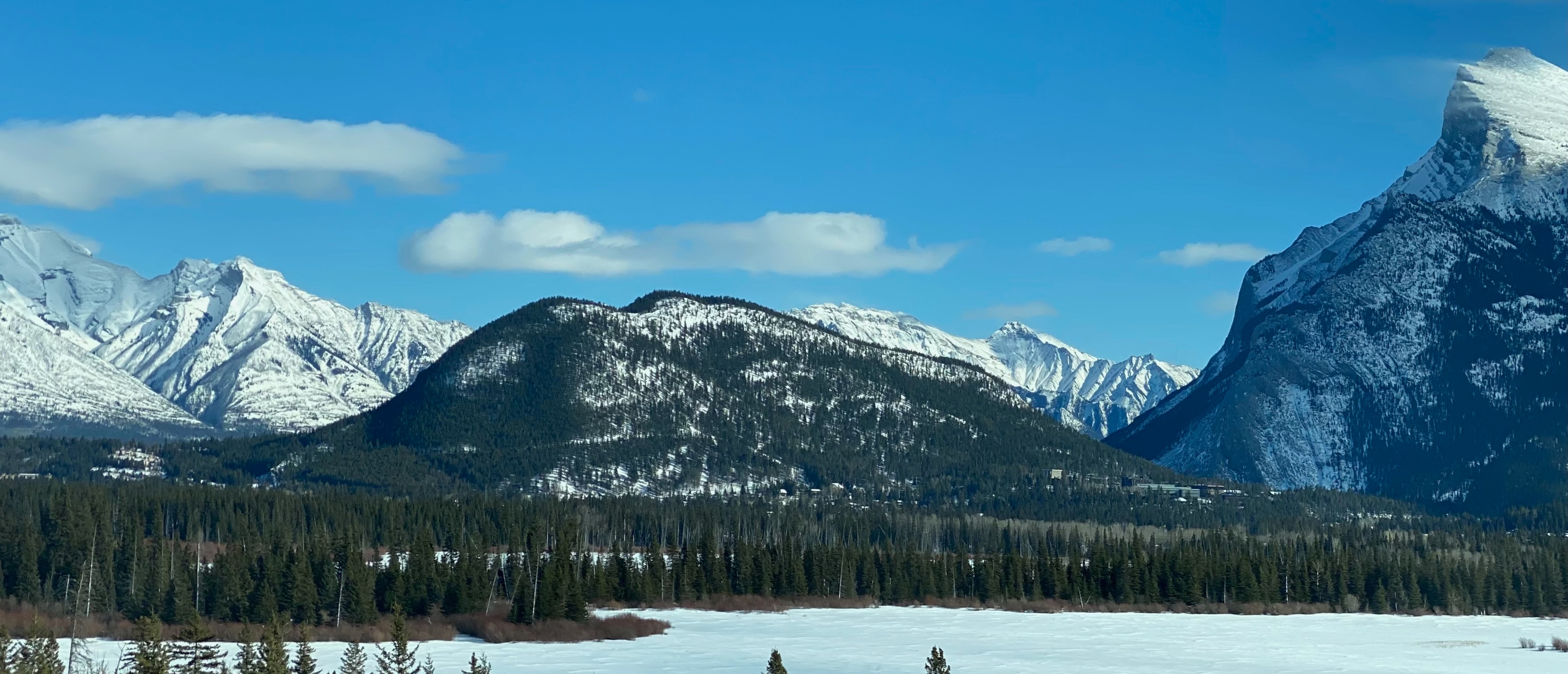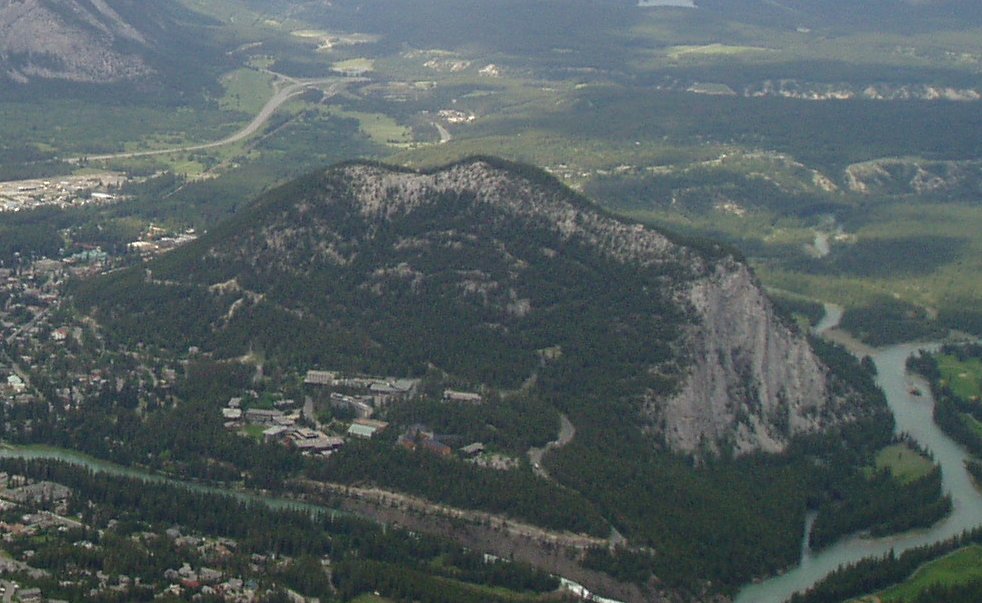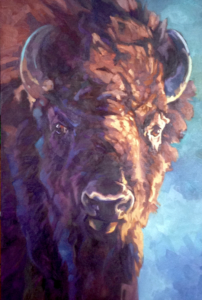May 28, 2022
Renaming Banff’s Tunnel Mountain
By Jacqueline Louie
Just west of Canmore, in Banff National Park, you’ll find a variety of hiking trails to explore. One of the area’s most popular trails takes you to the summit of Tunnel Mountain, which overlooks the town of Banff, with panoramic views.
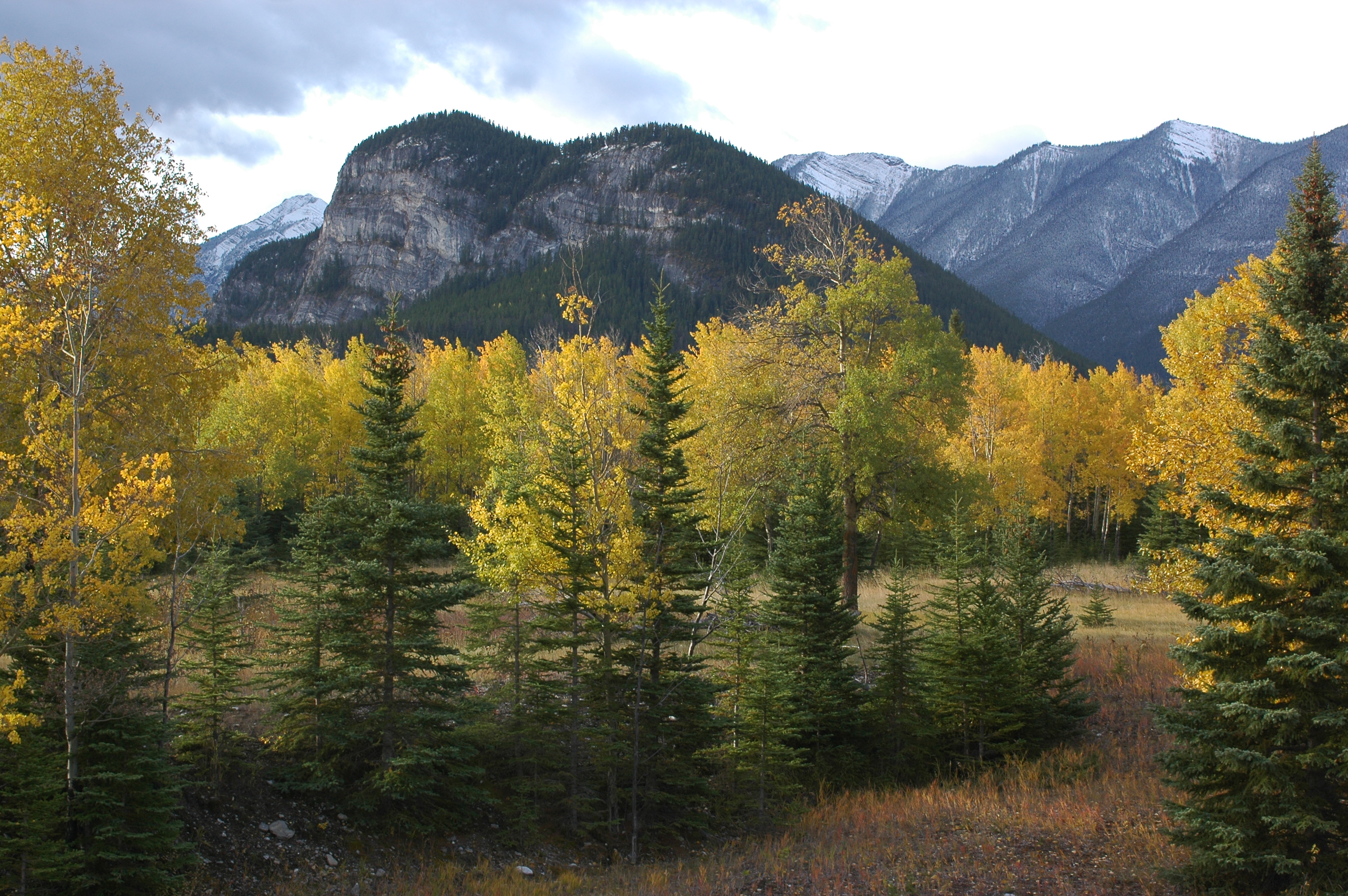
No-Tunnel Mountain
In 1858, surgeon and geologist James Hector named this diminutive mountain, ‘The Hill.’ But the name changed to Tunnel Mountain in 1882 when surveyor, Major Albert Bowman Rogers, proposed blasting a hole through it to accommodate the Canadian Pacific Railway line. CPR general manager William Van Horne kiboshed this idea and the railway line was rerouted – but the name stuck. The name ‘Tunnel Mountain’ commemorates Rogers’ intended folly, writes author Don Beers in his hiking guidebook, Banff – Assiniboine: A Beautiful World.
There have been efforts, over decades, to change the mountain’s name.
Scenic tour guide David Luxford is with Buffalo Mountain Banff, a group of citizens seeking to encourage the process of the Tunnel Mountain-Buffalo Mountain name change. ‘‘This name, Tunnel Mountain, became common usage and thus 140 years later, Tunnel Mountain still bears this name because… there’s no tunnel in it!’’
And as Bill Snow, acting director of consultation with the Stoney Tribal Administration puts it: “That’s why all the tourists who come to Banff want to see the tunnel, and the local people have to tell them there’s no tunnel.”
Restoring Indigenous Titles
The First Peoples had many names for this mountain, all related to the buffalo, as the mountain looks like a buffalo from several angles, notes Luxford, who grew up hiking and skiing in these mountains. ‘‘Restoring an Indigenous name has been proposed many times, and in light of the Truth and Reconciliation Commission report and Calls to Action, it’s long overdue.’’
Bill Snow has spoken with Stoney elders and knowledge holders from the Bearspaw, Chiniki and Wesley First Nations about giving an Indigenous name to Tunnel Mountain. In 2016, they gathered at Tunnel Mountain, held a sweat lodge ceremony, and came up with a name, Iinii Istako in the Blackfoot language; and Eyarhey Tatanga Woweyahgey Wakân, which means Sacred Buffalo Guardian Mountain in the Stoney language.
“Eyarhey means mountain, Tatanga is buffalo, and Woweyahgey is the guardian aspect,” Snow explains. “Wakân means something that is sacred – something given to us by the Creator. All those different meanings went into this name.”

There are different traditional stories about Tunnel Mountain, and the elders and knowledge holders wanted to come up with one name that best represented all of them. The Indigenous stories about this mountain speak of the guardian spirit that guards the sacred waters in that area, Snow explains. “There is one guardian watching over that whole area, with the waters and the medicines that grow there.”
The sacred waters are the waterfalls that come from Cascade Mountain and Lake Minnewanka – the Lake of the Spirits – and the hot springs at Banff’s Cave and Basin National Historic Site at the foot of Sulphur Mountain.
“We did the ceremony in 2016, we have the name, and now it’s just going through the bureaucratic process.”
In a CBC Gem documentary about Ha Ling Peak, Snow notes there are Indigenous stories about all of these places that are largely unknown outside of the Indigenous community. “For a lot of those places, the Indigenous meaning is missing from the current experience,” he says. “What people should understand when they come to these places, is they’re seeing more of a colonial perspective. For example, we still call this mountain Tunnel Mountain, even though there’s no tunnel there. We are in a colonial dominated system, and so that’s the meaning that carries. That’s where that name comes from, is from that world view. It’s that colonial attitude of looking at the land and not realizing the cultural or spiritual value of the land.”
Bureaucracy of Renaming Tunnel Mountain
Renaming mountains is “quite a process,” Snow says, noting there are many more names out there that need to be changed. “But we don’t have all the capacity we need to go out to communities, do ceremonies, and come forward with properly translated names.”
Parks Canada has received requests from multiple sources to change the name of Tunnel Mountain. In addition to Sacred Buffalo Guardian Mountain, suggestions for a new name include Sleeping Buffalo Mountain, Sleeping Buffalo, Buffalo Sleeps, and Buffalo Mountain.
‘While Parks Canada is open to a name change, new place names are not chosen unilaterally. New geographical names come about through Parks Canada’s community consultations, while also working with the province of Alberta, and the Geographical Names Board of Canada,’ according to a Parks Canada statement. ‘Treaty 7 First Nations and the Métis Nation of Alberta are members of the Indigenous Advisory Circle for Banff National Park and will be actively engaged in this process.’
Steps to Reconciliation
Healing and reconciliation are taking place in steps. Changing mountain names to reflect the Indigenous world view is one way to accomplish this. Another example of reconciliation is a 2010 memorandum of understanding between the Stoney Nation and Parks Canada, with a Stoney Parks Pass ceremony in 2012. Under this agreement, Parks Canada provided park passes to each of the three bands – – and in return, each band provides its members, once they turn 18, with a national park pass that allows them to go into Banff National Park and collect traditional plant medicines, like their families did for generations before them. The Stoney Parks Pass is “a sign of reconciliation,” Snow says.
When the Stoney Nakoda people refer to the Banff area in their language, they call it Mini rhpa, which is translated into English as ‘waterfalls.’ “The reason for that, is because of the waterfalls that come down Cascade Mountain.”
For visitors to the mountains, Snow adds: “Don’t leave any garbage behind – that goes for any mountain. Be mindful of your surroundings. Be respectful of these places -that’s important to know.”
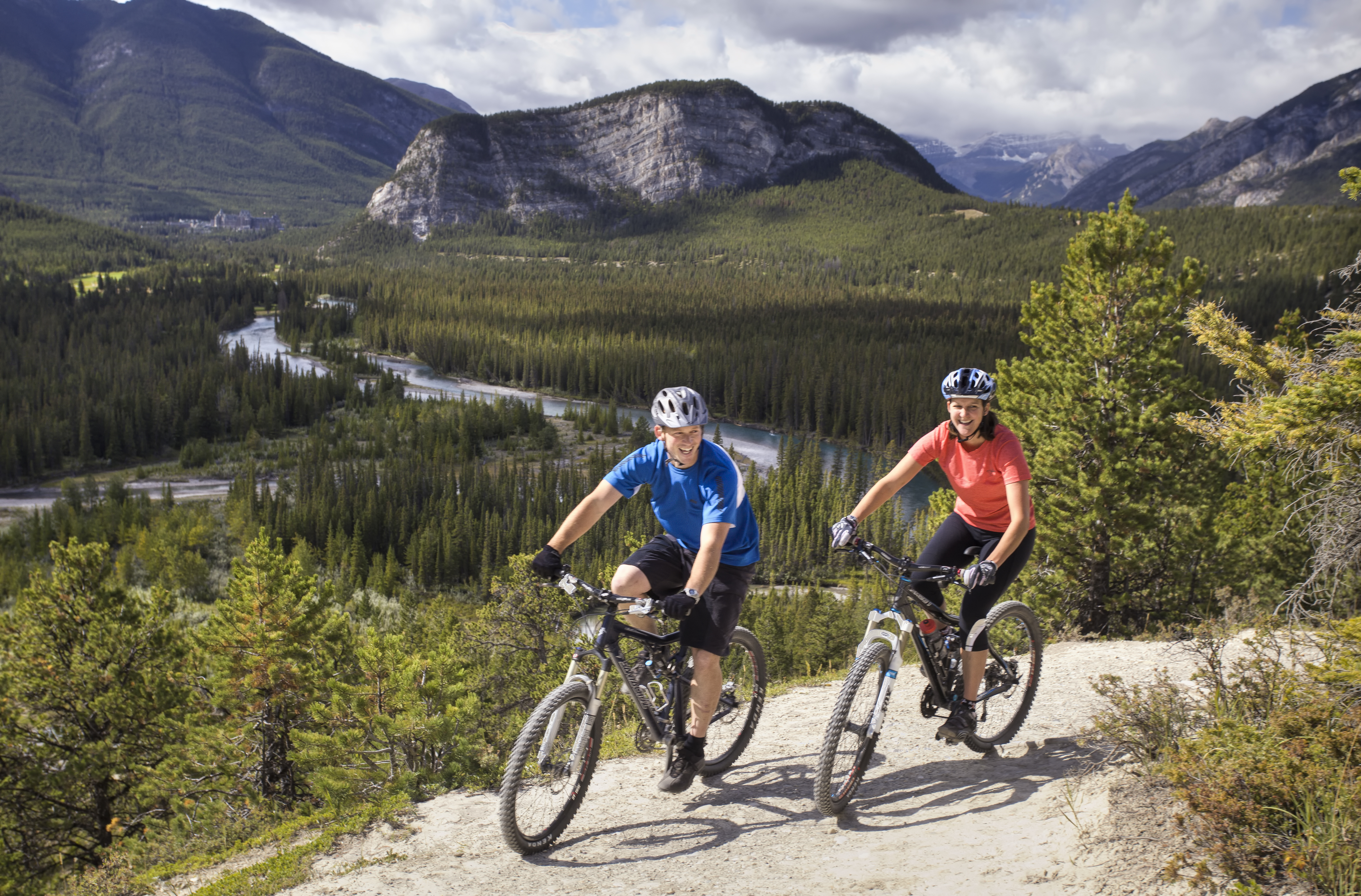
Tunnel Mountain rises 1,692 metres (5,551 feet) above sea level. The trail is 2.3 km one way, with 305 metres in elevation gain. The views are wonderful.
For hikers, it’s important to stay on the trail (to prevent erosion, and also for safety – Tunnel Mountain is bounded by cliffs near the summit ridge).
Buffalo Mountain Banff is circulating a petition to encourage the Tunnel Mountain name change process. If you’d like to add your name, visit: https://www.change.org/p/the-geographical-names-board-of-canada-rename-tunnel-mountain-to-buffalo-mountain-honour-important-history-instead-of-a-mistake
Buffalo or Bison?
Buffalo is the commonly used English name for the creatures that once roamed the Great Plains of North America in the tens of millions and were central to many First Nations cultures. However, these animals are actually bison: the American bison (Bison bison) and a subspecies of the American bison, the wood or mountain bison (Bison bison athabascae).
Buffalo, on the other hand, include the African or Cape buffalo (Syncerus caffer), in sub-Saharan Africa, the now endangered Asian water buffalo (Bubalus arnee), native to the Indian subcontinent, and the domestic water buffalo (Bubalus bubalis), found across India, China and Southeast Asia.
Resources:
Banff – Assiniboine: A Beautiful World, by Don Beers
The Last of the Buffalo Return to the Wild, by Harvey Locke
Seen but Not Seen – Influential Canadians and the First Nations from the 1840s to Today, by Donald B. Smith
https://nationalzoo.si.edu/animals/news/its-bison-not-buffalo-and-other-american-bison-facts
https://safarisafricana.com/bison-vs-buffalo/
Read More from Jacqueline Louie
Want more mountain name history? The Dark Side of the Mountain, The History of Ha Ling Peak

